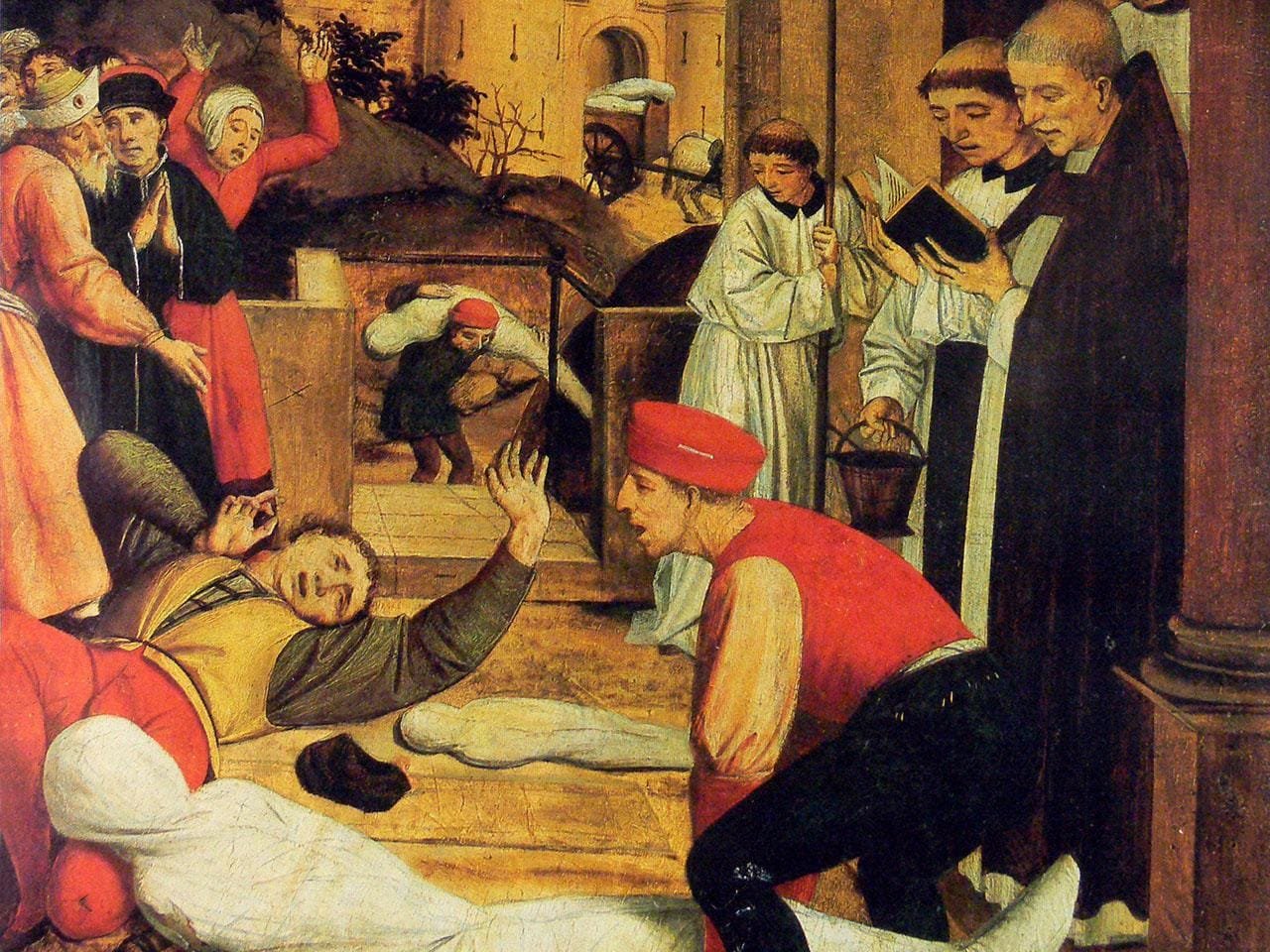The fall of the Western Roman Empire has baffled historians for centuries, and explanations have ranged from corruption and political collapse to military defeat and economic collapse. Now, new evidence suggests a surprise factor: a brief but intense climate crisis known as the Late Antique Little Ice Age may have helped deliver a deathblow to an already faltering empire.
 A Scene in Ancient Rome, by Joseph Gandy (1771–1843). Credit: Yale Center for British Art
A Scene in Ancient Rome, by Joseph Gandy (1771–1843). Credit: Yale Center for British Art
Published in the journal Geology, the study was conducted by researchers at Queen’s University in Canada, the University of Southampton in the UK, and the Chinese Academy of Sciences. The scientists found unusual granite rocks embedded in a raised beach terrace on Iceland’s west coast, evidence they believe is directly linked to a period of extreme global cooling around CE 536 and 547.
“This climate shift may have been the straw that broke the camel’s back,” said Tom Gernon, Professor of Earth Science at the University of Southampton and co-author of the new research, in a press release.
The researchers discovered that the foreign rocks, or cobbles, originated in Greenland. By crushing the rocks and studying microscopic zircon crystals within them, which Queen’s University lead author Dr. Christopher Spencer referred to as “essentially time capsules,” the researchers traced their formation to regions across Greenland corresponding to nearly three billion years of Earth’s history. They are believed to have arrived in Iceland by icebergs that calved from the glaciers of Greenland during the 6th and 7th centuries, when there was great climatic upheaval.
 Greenland East Coast. CC BY-SA 3.0
Greenland East Coast. CC BY-SA 3.0
“We knew these rocks seemed somewhat out of place because the rock types are unlike anything found in Iceland today, but we didn’t know where they came from,” Dr. Spencer explained. The discovery provides the first direct evidence of large Greenlandic cobbles being carried to Iceland via icebergs, reinforcing the range and scale of the Late Antique Little Ice Age.
The climatic disaster, which was likely triggered by volcanic eruptions that released ash clouds into the atmosphere, blocked out sunlight and cooled the planet for up to 300 years. Contemporary accounts of the period, including those from Byzantine historian Procopius of Caesarea, record ominous phenomena like a darkened sky and widespread crop failures. These environmental stresses coincided with mᴀss migrations, pandemics like the Plague of Justinian, and upheavals across Europe and beyond.
 Saint Sebastian pleads with Jesus for the life of a gravedigger afflicted during the plague of Justinian. (Josse Lieferinxe, c. 1497–1499). Public Domain
Saint Sebastian pleads with Jesus for the life of a gravedigger afflicted during the plague of Justinian. (Josse Lieferinxe, c. 1497–1499). Public Domain
Although the Western Roman Empire had already suffered from pivotal blows — including the sack of Rome in 410 and the abdication of the last emperor in 476 — researchers think that the drastic climatic downturn would have compounded the instability, making ongoing crises worse.
More information: Spencer, C. J., Gernon, T. M., & Mitchell, R. N. (2025). Greenlandic debris in Iceland likely tied to Bond event 1 ice rafting in the Dark Ages. Geology. doi:10.1130/g53168.1





